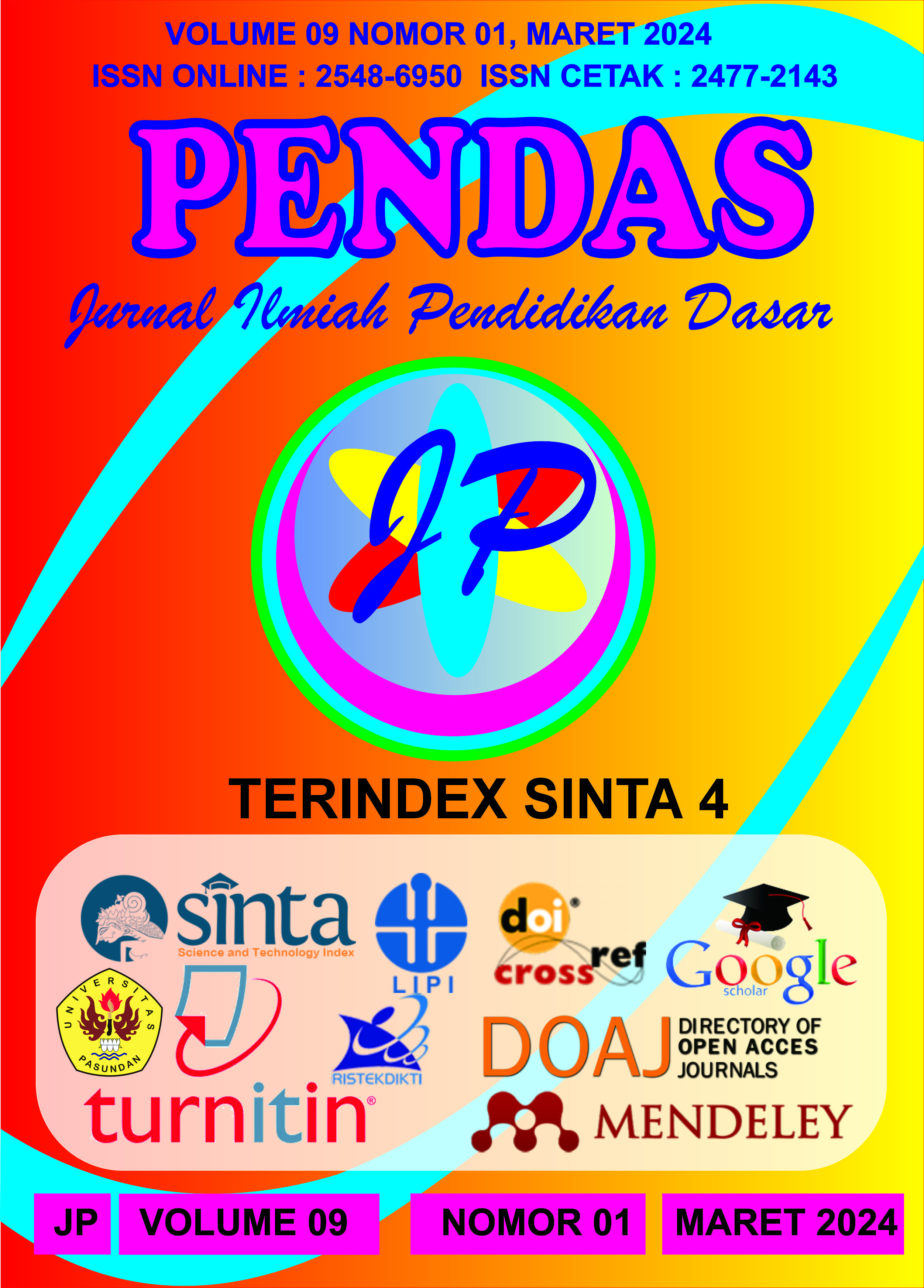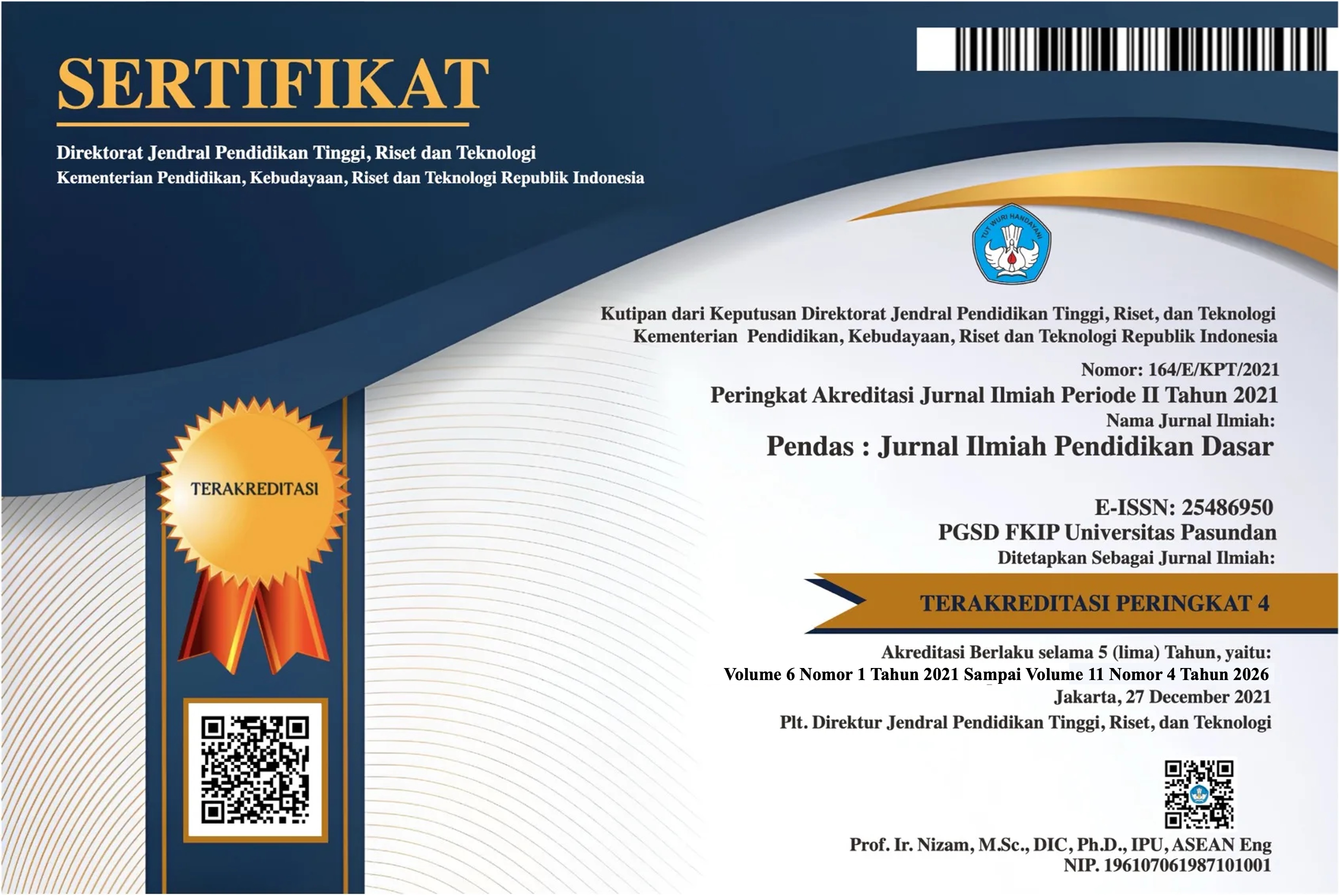PEMBEBASAN SUARA PEREMPUAN MELALUI SISTERHOOD DALAM THE GIRL WITH THE LOUDING VOICE KARYA ABI DARE
DOI:
https://doi.org/10.23969/jp.v9i1.12737Keywords:
Sisterhood, Women's Voices, Feminism, Patriarchy, LiteratureAbstract
This research is motivated by the emergence of oppression experienced by women by patriarchal norms depicted in literary works. The novel The Girl with the Louding Voice, involving the forced marriage of Adunni and Morufu has sparked critical responses about the exploitation of women in Nigeria. This article argues that the 2020 novel The Girl with the Louding Voice by Abi Dare proposes an idealization of female sisterhood in Nigeria that opposes patriarchy and polygamy, as well as a representation of women that emphasizes a positive human spirit. Such a perspective is driven by elements of the world of Nigerian women, some of which are traditional. Sisterhood in this study is defined as a continuum of close ties between women that includes female friendships. In a narrative told from a woman's perspective, the author emphasizes sisterhood as a source of comfort and salvation for women. This paper finds that positive affirmation is a powerful way of rebellion and resistance against patriarchal supremacy. Analysis of Nigerian culture and the concept of sisterhood promoted by Bell Hooks was also carried out to explain the role of sisterhood in life. The main function of the feminist symbol of sisterhood in The Girl with the Louding Voice is to oppose the dependence on men and the implied presence of female heroes on patriarchal norms, but does not completely consider male individuals as women's enemies.Downloads
References
Andriasari, D. (2019). MEMBACA ULANG TEKS AL-QURAN DALAM PERSPEKTIF KEADILAN SOSIAL DI INDONESIA. Jurnal Ilmu Syariah, Perundang-Undangan Dan Ekonomi Islam, 11(1), 121–145.
Latifi. (2003). Kritik Sastra Feminis (Sebuah Pengenalan Awal) dalam Agama, Sastra dan Budaya dalam Evolusi. In Yogy a ka rt a: A da b Press.
Latifi. (2015). DEKONSTRUKSI JENDER DALAM CERPEN ANA AL-MAWT KARYA TAWFIQ AL-HAKIM. GENDER DECONSTRUCTION IN SHORT STORY OF ANA AL-MAWTBY TAWFIQ AL-HAKIM). Widyaparwa, 2(1), 125–140.
Lestari. (2021). EKSISTENSI PEREMPUAN DALAM MEDIA BARU (ANALISIS GERAKAN FEMINISME DI MAGDALENE. CO). In Teori Komunik asi dalam Prak tik.
Masruroh, L. (2023). REPRESENTASI EKOFEMINISME DALAM NOVEL BILANGAN FU ( Analisis Wacana Tentang Representasi Ekofeminisme dalam Novel Bilangan Fu Karya Ayu Utami ) Listia Masruroh Putri Aisyiyah Rachma Dewi Abstrak. Commercium, 06(03), 72–82.
Richey, K. (2014). Design and Development Research. In In: Spector J.,. Merrill M., Elen J., Bishop M. (eds) Handbook of Research on Educational.
Rukajat. (2018). Pendekatan penelitian kuantitatif: quantitative research approach. In Deepublish.
Saputra, A. D. (2011). SUBALTERN WOMEN IN INDONESIAN POSTCOLONIAL LITERARY WORKS. LITERASI, 1(1), 16–30.
UNICEF. (2017). Laporan Baseline SDG tentang Anak-Anak di Indonesia. In Jakarta: Bappenas dan UNICEF.
You. (2021). Patriarki, Ketidak adilan Gender, dan Kek erasan atas Perempuan: Model Lak i-Lak i baru Masyarak at Hubula Suk u Dani . In Nusamedia.
Zabihzadeh. (2015). Domestic Violence Against Women in Atiq Rahimi’s the Patience Stone. In Gema Online Journal of Language Studies.
Downloads
Published
Issue
Section
License
Copyright (c) 2024 Pendas : Jurnal Ilmiah Pendidikan Dasar

This work is licensed under a Creative Commons Attribution 4.0 International License.



















